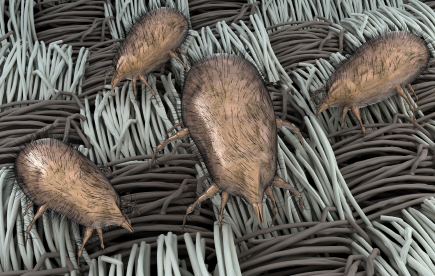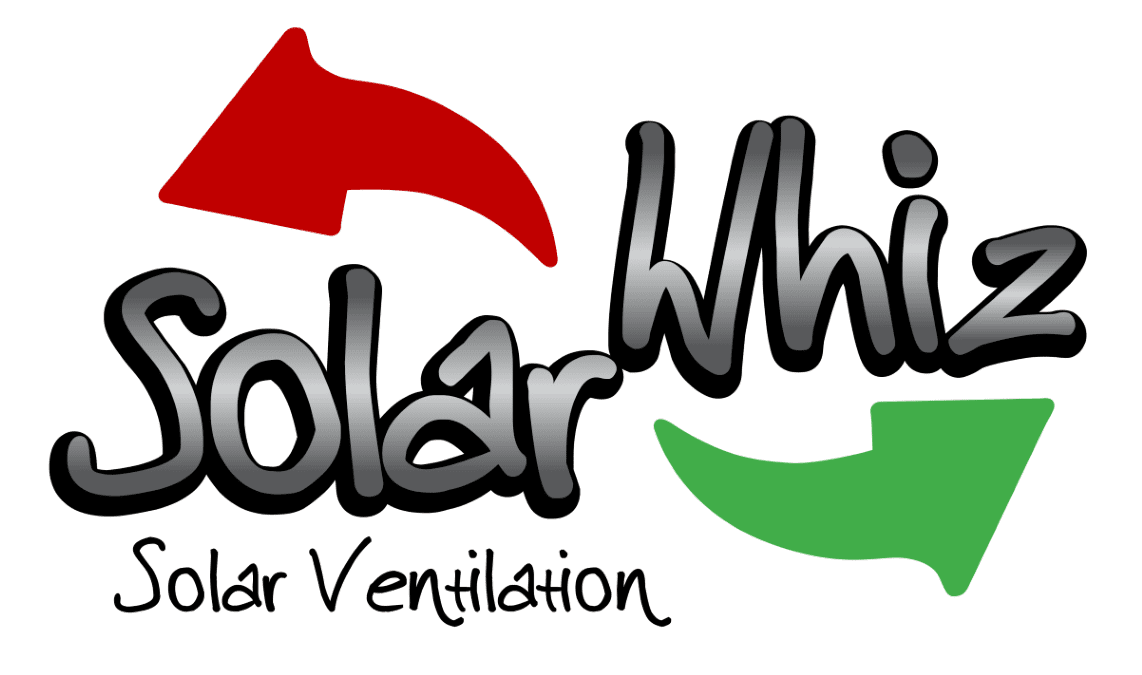Reduce Asthma and Dust Mite Levels
Dust mites are present everywhere but thrive in damp environments with poor ventilation. Rooms with high moisture content, such as bedrooms, have an increased risk of the occupants showing symptoms of asthma.
In order to control dust mite levels, as well as mould and fungi, it is essential to keep the area in question dry. This may be done using a dehumidifier – or through heating – 
The key to reducing asthma symptoms is understanding asthma triggers and using preventative measures to reduce them, the EPA provides valuable insights and suggests actions to reduce asthma here.
How can we help?
Our SAM (Solar Air Module) system is the ideal solution for reducing moisture and lowering dust mite counts. Whenever the sun shines, our solar air collectors draw fresh air from outside in through the collector where it is heated by the sun. When the air is heated, its ability to carry moisture increases – and the relative humidity of the air introduced into the house drops significantly. In fact, on clear sunny days, a 3 square metre collector will typically supply air with a relative humidity content of less than 10% for 4-5 hours a day, which will, over time, lower the amount of moisture accumulated in the house and reduce asthma attack frequency. The subsequent lower humidity levels reduce the volume of dust mites and prevent mould, mildew and fungi from developing. Eliminating these asthma triggers prevents unnecessary asthma attacks and symptoms ensuring less stress and higher quality of life.
Our solar collectors also filtrate the incoming air – preventing pollen from entering the house via the collector – and creating a slight positive pressure that acts as a barrier. Solar ventilation also offers other benefits such as reduced heating costs and offering a more comfortable indoor environment.
Resources:
